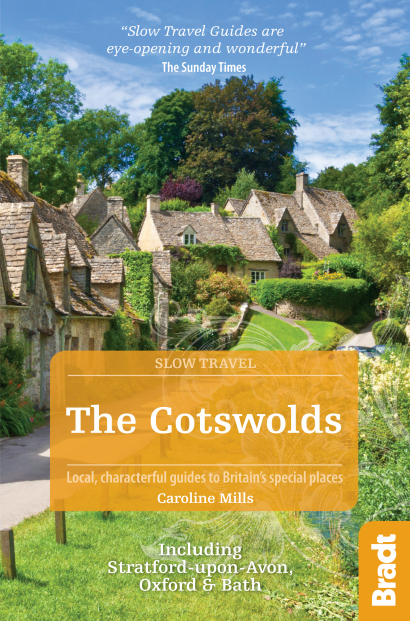With magnificent countryside and idyllic towns, this region is renowned for its beauty. But instead of just ambling around, what days out will really help you to appreciate the Cotswolds at their best? Author Caroline Mills picks her favourites.
Minchinhampton and Rodborough Commons
It’s hard to choose one conjoined common from another but the pair both provide wonderful days out in the Cotswolds. My pick is a walk around Minchinhampton Common taking in the pretty villages of Amberley, Box and Minchinhampton, followed by a picnic overlooking the Nailsworth Valley.
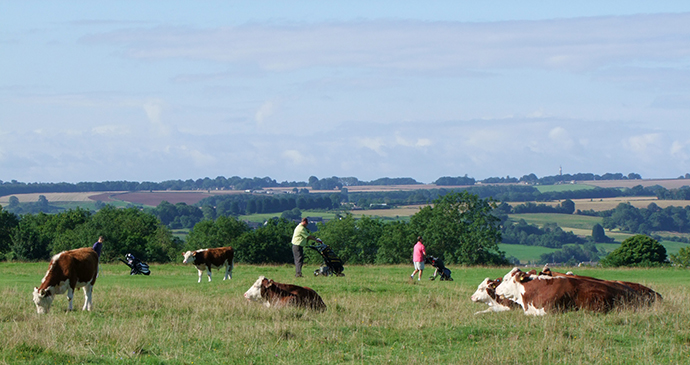
Then move further north to Rodborough Common stopping by at Winstones Ices for one of their delicious homemade ice creams – and further views, this time of the Stroud Valley.
Kelmscott Manor
Tucked into the far corner of a village void of through traffic, Kelmscott Manor has one of the prettiest locations within the Cotswolds. William Morris, artist, designer and owner of Kelmscott Manor, described his rambling farmhouse and its situation as, ‘heaven on earth’.
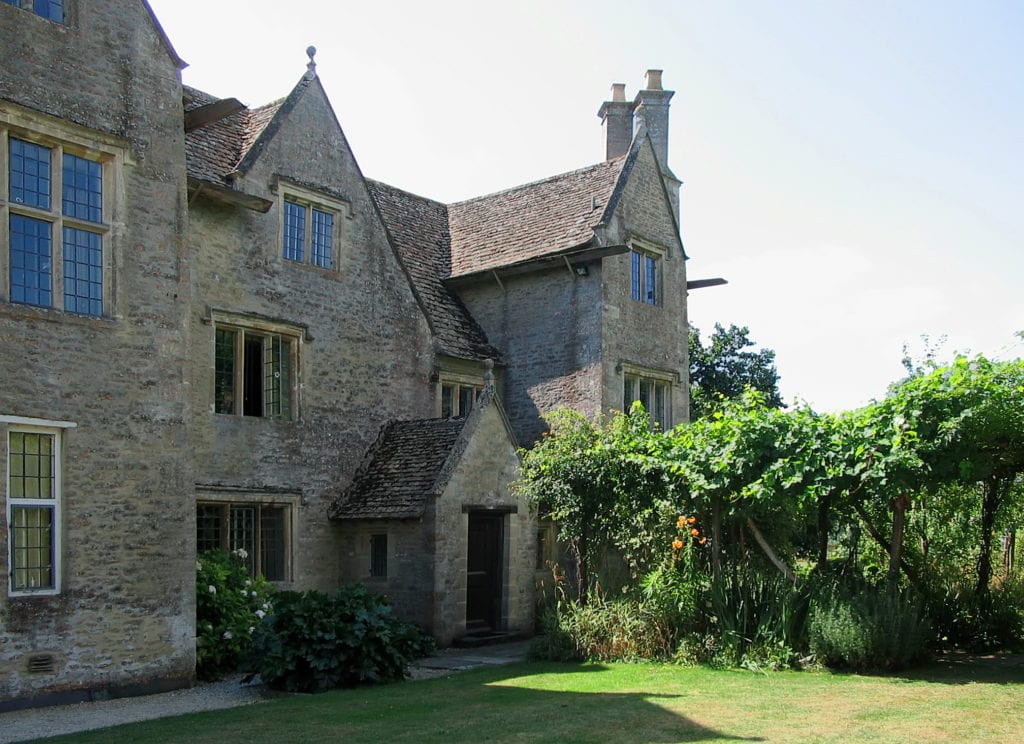
The house is brimming with creativity, with artwork, tapestries, carpets and wall hangings created by Morris and his family and friends from both the Pre-Raphaelite and Arts and Crafts Movement. I love to walk from the house, along the Thames Path to the tiny hamlet of Buscot to enjoy the relaxed atmosphere of the village tearoom.
The Cotswold Way
One of my favourite sections of this 102-mile long distance walking trail between Chipping Campden and Bath is the section from Broadway to Stanway.
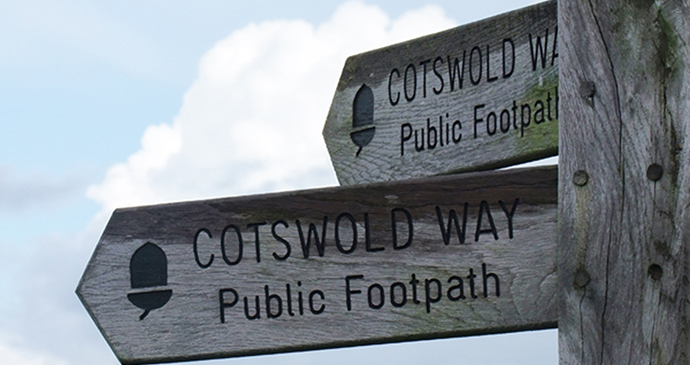
A little over six miles in length, it first provides pretty views above Broadway, one of the Cotswold’s most popular villages on the tourist trail, as you climb up on to the escarpment before dropping down into first Stanton and then Stanway, two of the Cotswolds’ most underrated villages. They don’t get much more perfect than these two!
Broughton Castle
Owned by the Fiennes family (of Ride a Cock Horse to Banbury Cross fame) for generations, Broughton Castle is less of a castle and more a fortified manor house. And a glorious one too.
It has played its part in many a famous Hollywood blockbuster but its walls can also tell a tale or two about the English Civil War. Set amid ancient parkland, the moated and castellated house is best seen as the setting sun turns its stone to a pumpkin orange colour.
Drystone walling rural skills course
One of the most important features of the Cotswolds, and for which it is so renowned, are the miles and miles of drystone walls that break up the landscape into contained parcels. The Cotswolds Conservation Board runs weekend-long drystone walling courses throughout the AONB. Far from being a closed shop to builders and farmers, these courses are open to anyone.
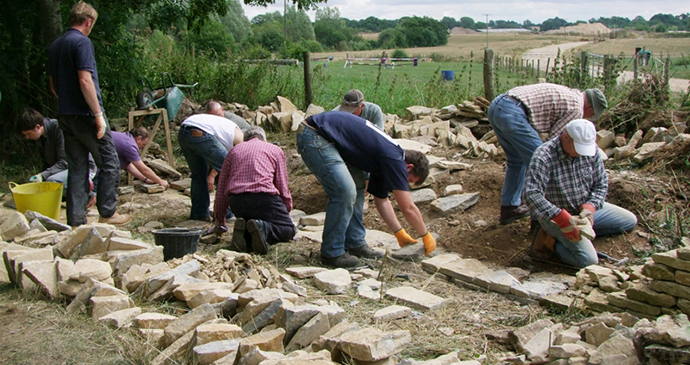
They make a memorable way to be out in the open, at one with the environment and your surroundings, as well as putting something back to the area. The walls that are built during the courses are ‘proper’ drystone walls that will be around for centuries, not a quick makeshift partition ready to be pulled down again at the end of the weekend.
Nailsworth
Central along the Cotswold Escarpment and tucked within the Nailsworth Valley is the town of Nailsworth. It’s built of a beautiful creamy Cotswold stone, totally different in character to the honey colours of the North Cotswolds. And the town, filled with ancient textile mills and textile workers’ cottages, has an elegance to its industrial grittiness.
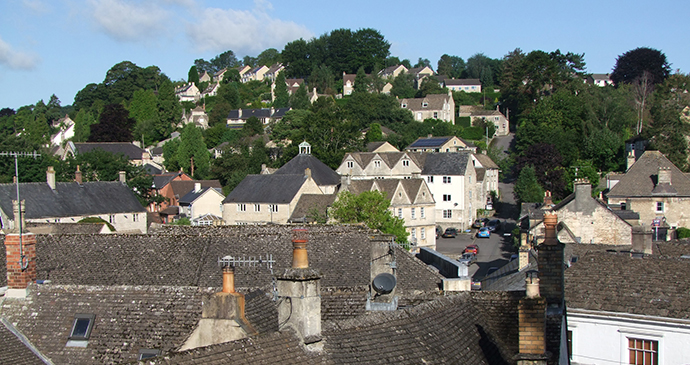
Without doubt, the best way in which to approach the town is from Minchinhampton Common via the Nailsworth Ladder, a W-shaped road and accompanying footpath with tremendous views.
